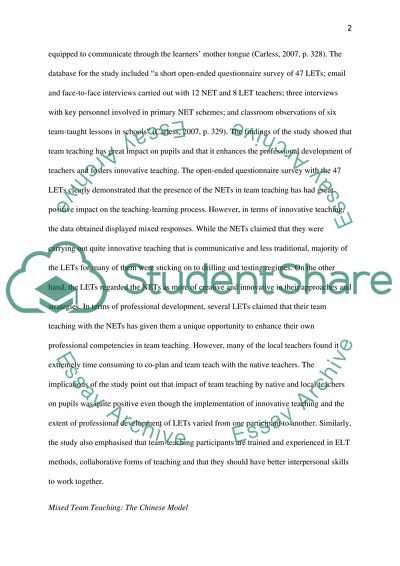Cite this document
(“Aspects of Language Teaching by Mixed (native/non-native) Teaching Coursework”, n.d.)
Retrieved from https://studentshare.org/finance-accounting/1407231-aspects-of-language-teaching-by-mixed-native-non
Retrieved from https://studentshare.org/finance-accounting/1407231-aspects-of-language-teaching-by-mixed-native-non
(Aspects of Language Teaching by Mixed (native/Non-Native) Teaching Coursework)
https://studentshare.org/finance-accounting/1407231-aspects-of-language-teaching-by-mixed-native-non.
https://studentshare.org/finance-accounting/1407231-aspects-of-language-teaching-by-mixed-native-non.
“Aspects of Language Teaching by Mixed (native/Non-Native) Teaching Coursework”, n.d. https://studentshare.org/finance-accounting/1407231-aspects-of-language-teaching-by-mixed-native-non.


